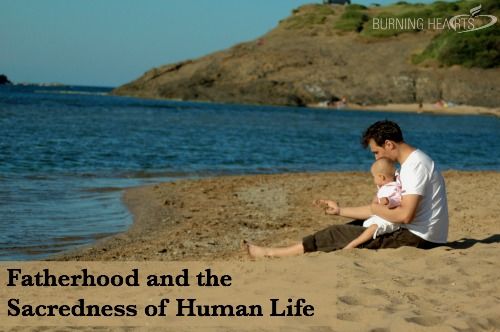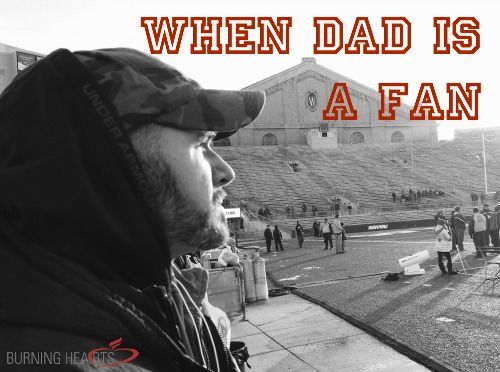The Making Disciples Today Blog has reflections to help you grow in your journey of missionary discipleship, reviews on recommended Catholic evangelization resources, and practical insight on how to evangelize in your daily life.
- Details
- Written by Connie Mayta
Our church bookclub recently finished the book Saint John Paul the Great: His Five Loves by Jason Evert. Part biography and part explanation of five things Mr. Evert deemed most important to this amazing pope and saint, the book was a page-turning and inspiring read
It must be impossible to read about this great saint without desiring to amend some aspect of one’s own life in imitation of his holiness. Among the amazing aspects of Saint John Paul the Great’s life was his devotion to near constant prayer.
My own prayer life had been inconsistent and of little depth in recent months, so I decided that now would be the perfect time to make some changes.
Jumping In With Both Feet
Inspired by Saint John Paul the Great’s other great devotion to Mary, I thought that the daily Rosary would be a good place to start. Some of the women in the book club recommended saying the Rosary while doing other tasks, such as driving or doing dishes. After some rather questionable driving, loading dirty dishes into the dishwasher with clean ones and falling asleep while praying in the evening, I decided that I need to pray the Rosary when I am neither busy nor tired.
- Details
- Written by Kimberly Baker
by Kimberly Baker
The upcoming celebration of Father’s Day is a fitting time to examine the irony that in our current culture, fatherhood is rarely mentioned. When mentioned at all, fathers are mocked or portrayed negatively. Some movies and stories downplay the role of the father in a child’s life, yet simultaneously portray the child as suffering from the father’s inability to live up to that role.
In reality, the nobility and significance of fatherhood remain a powerful witness in the lives of those who have had the opportunity to grow up with a present and caring father. And there are, of course, profound stories and testimonies to counter the culture’s defeatist attitude towards fatherhood.
Alongside a mother’s unique and nurturing role, the father also has a vital part to play in safeguarding the sacredness of new human life and in forming the younger generation. The father’s special role in protecting and defending both mother and child helps ensure the stability and healthy development of the whole family.
- Details
- Written by Bernadette Bonanno
by Bernadette Bonanno
I can always tell when my husband is on the phone with his dad. He stops whatever he is doing, walks outside and starts smiling in anticipation of his dad’s latest joke. My father-in-law just survived his third heart attack but continues to enjoy life and see the humor in it all. What a blessing to have a father who, after riding the waves of life with his children, emerges with a smile. Fathers do that. They bring levity to the weight of daily living.
A Strong Foundation
It’s widely held that children formulate the image of their heavenly father based on their relationship with their earthly fathers. So, in 1989 when our oldest was about six and Bart Simpson made his TV series debut, I banned the show from our house. Recently, our oldest son asked, “Mom, why didn’t you want us to watch Bart Simpson?”
Homer, Bart’s dad, was always messing up and treated as an incompetent buffoon. I answered my son, “You have a wonderful dad. You and your three brothers are probably going to be fathers someday, so how would planting those seeds benefit four impressionable minds?”
Fathers are unique in their parenting styles but similar in the fact that they are like foundations of homes; they hold up, hold together and keep the family safe from whatever life throws at them. Interestingly, like a foundation, the powerful role they play is sometimes hidden from view.
- Details
- Written by Burning Hearts Team
Surprisingly to many, there are no regulations of any kind governing the display of flags in Roman Catholic churches. Neither the Code of Canon Law nor the liturgical books of the Roman rite comment on this practice. As a result, the question of whether and how to display the American flag in a Catholic church is left up to the judgment of the diocesan bishop, who in turn often delegates this to the discretion of the pastor.
The origin of the display of the American flag in many parishes in the United States appears have its origins in the offering of prayers for those who served during the Second World War (1941-1945). At that time, many bishops and pastors provided a book of remembrance near the American flag, requesting prayers for loved ones—especially those serving their country in the armed forces—as a way of keeping before the attention of the faithful the needs of military families. This practice has since been confirmed in many places during the Korean, Vietnam, and Iraqi conflicts.
The Bishops’ Committee on the Liturgy has in the past encouraged pastors not to place the flag within the sanctuary itself, in order to reserve that space for the altar, the ambo, the presidential chair, and the tabernacle. Instead, the suggestion has been made that the American flag be placed outside the sanctuary, or in the vestibule of the church together with a book of prayer requests. It remains, however, for the diocesan bishop to determine regulations in this matter.
Copyright © 2015, United States Conference of Catholic Bishops, Washington, DC. All rights reserved. Reprinted with permission.
Photo: CNS/Paul Haring





